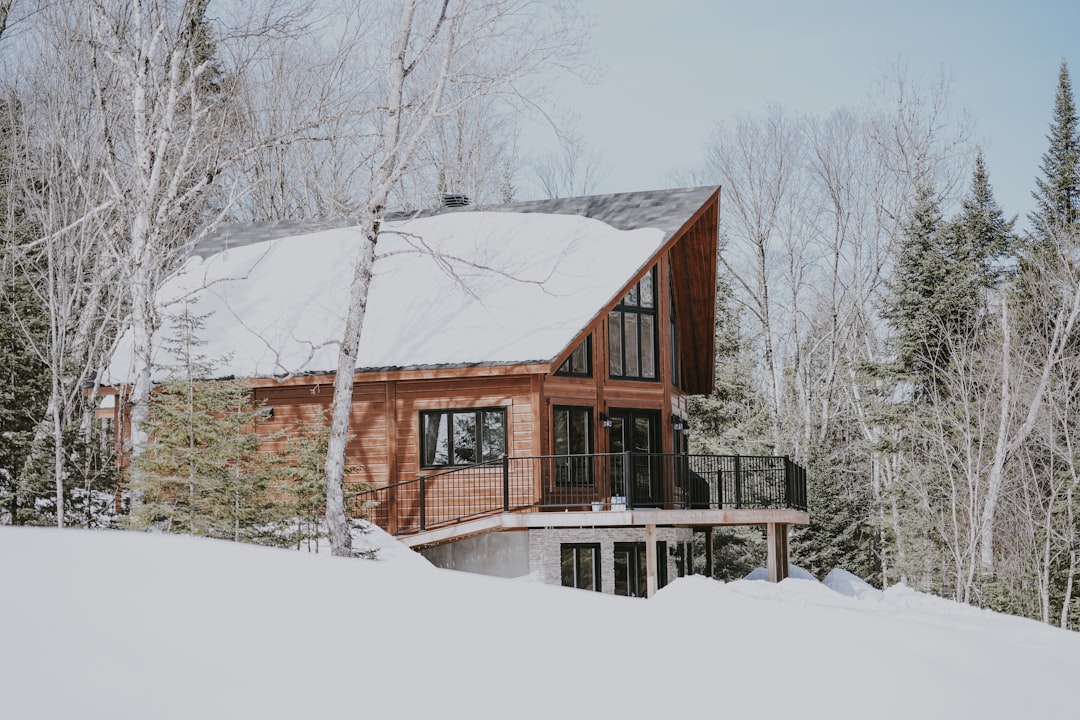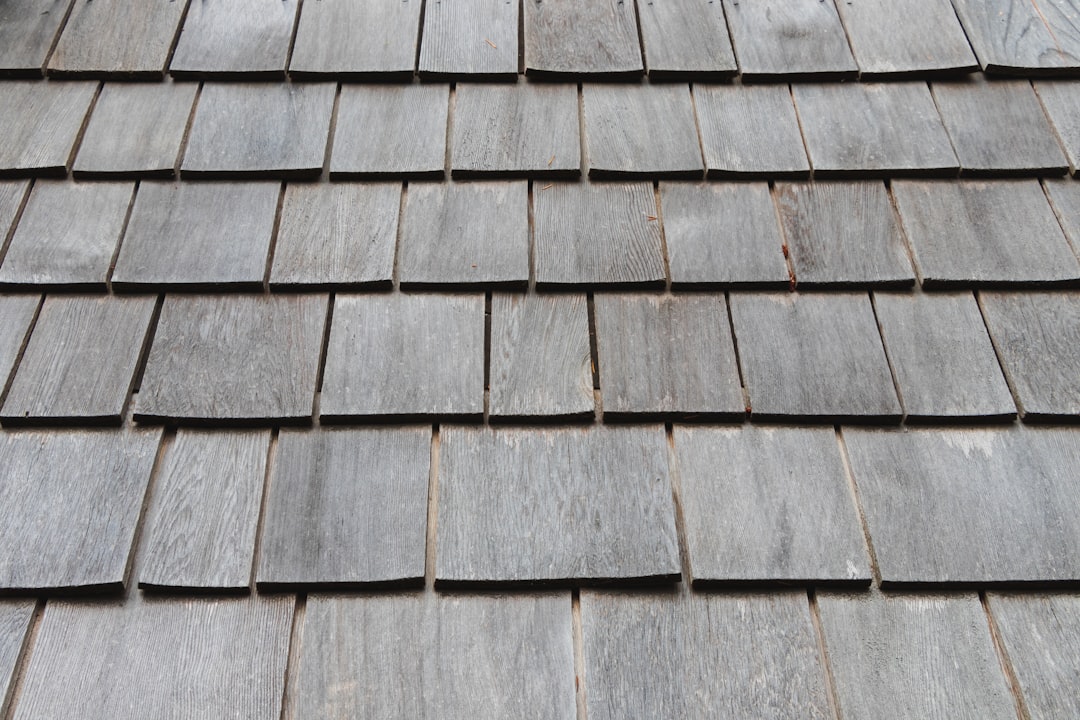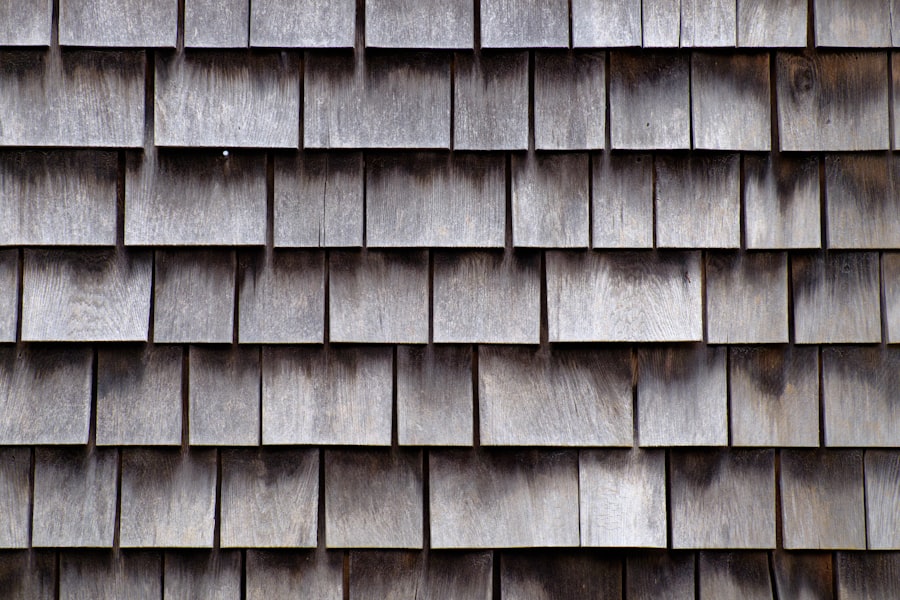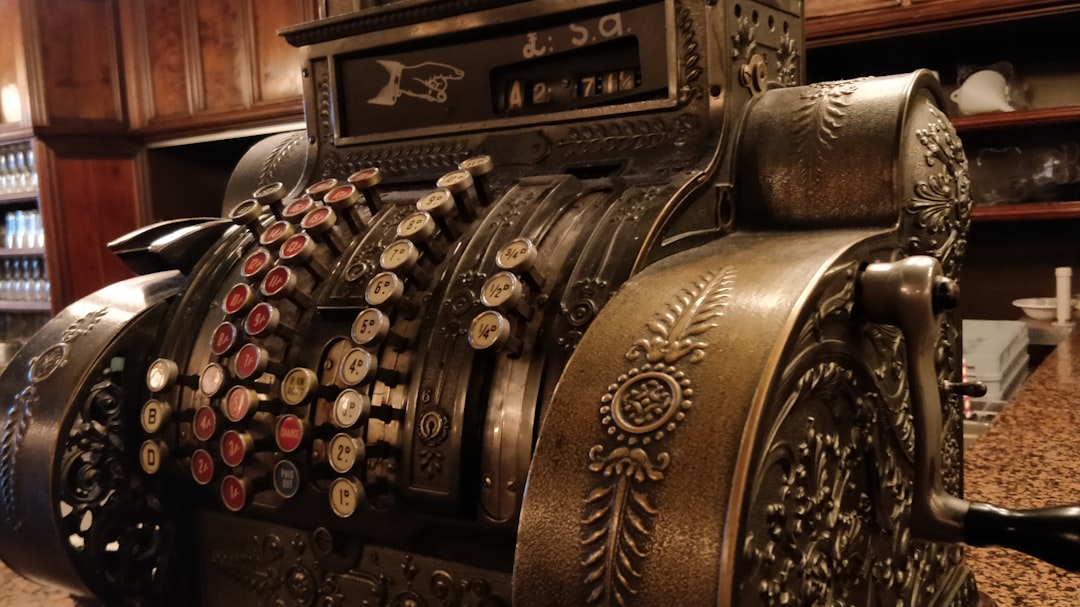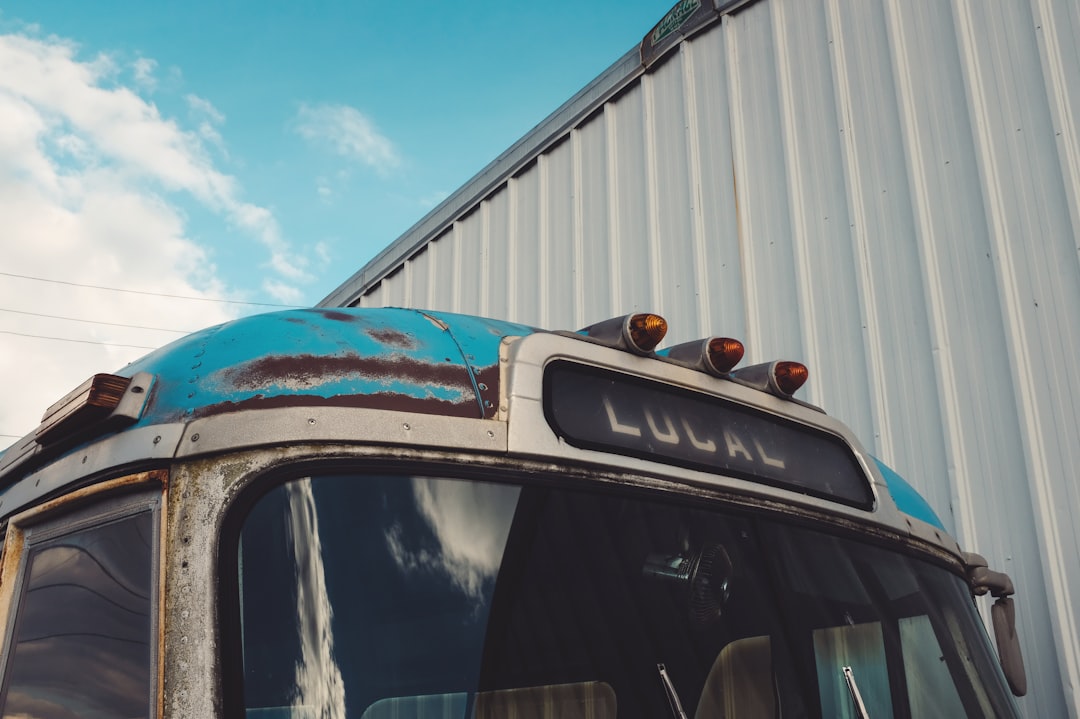Metal roofing is a type of roofing material that is made from metal pieces or tiles. It is a popular choice for homeowners and businesses due to its durability, longevity, and aesthetic appeal. Metal roofs are available in a variety of materials, including steel, aluminum, copper, and zinc. They can be installed on both residential and commercial buildings.
Choosing the right roofing material is crucial for the overall performance and longevity of a roof. The roof is one of the most important components of a building, as it protects the structure from the elements. It is exposed to harsh weather conditions such as rain, snow, wind, and sunlight. Therefore, it is essential to select a roofing material that can withstand these conditions and provide long-lasting protection.
Key Takeaways
- Metal roofing is a durable and long-lasting option for homes and buildings.
- Factors that affect the cost of metal roofing include the type of metal, installation complexity, and location.
- Advantages of metal roofing include its durability, energy efficiency, and low maintenance requirements.
- Disadvantages of metal roofing include its initial cost and potential for noise during rain or hail.
- While metal roofing may have a higher upfront cost than other materials, its longevity and energy efficiency can provide a strong return on investment over time.
Factors Affecting Metal Roof Cost
Several factors can affect the cost of a metal roof. The first factor is the type and quality of the material used. Different metals have different costs, with steel being the most affordable option and copper being the most expensive. The quality of the material also plays a role in the cost, as higher-quality materials tend to be more expensive.
The size and complexity of the roof also affect the cost. Larger roofs require more materials and labor, which can increase the overall cost. Additionally, roofs with complex designs or multiple angles may require more time and expertise to install, resulting in higher labor costs.
The installation method and labor costs are another factor that affects the cost of a metal roof. Some installation methods are more time-consuming and require more labor than others, which can increase the overall cost. Labor costs can also vary depending on the location and availability of skilled roofing contractors.
Geographic location and climate can also impact the cost of a metal roof. In areas with extreme weather conditions such as high winds or heavy snowfall, additional measures may need to be taken to ensure the roof’s durability and longevity. These measures can increase the overall cost of the roof.
Advantages of Metal Roofing
Metal roofing offers several advantages over other roofing materials. One of the main advantages is its durability and longevity. Metal roofs can last up to 50 years or more, depending on the material used and proper maintenance. This is significantly longer than other roofing materials such as asphalt shingles, which typically last around 20 years.
Metal roofs are also energy-efficient, which can result in cost savings for homeowners. Metal reflects heat from the sun, reducing the amount of heat that is transferred into the building. This can help to lower cooling costs during the summer months. Additionally, some metal roofs are coated with reflective coatings that further enhance their energy efficiency.
Another advantage of metal roofing is its low maintenance requirements. Unlike other roofing materials that may require regular cleaning or repairs, metal roofs are relatively low maintenance. They are resistant to rot, insects, and fire, which eliminates the need for frequent repairs or replacements.
Metal roofs are also aesthetically pleasing and customizable. They come in a variety of colors and styles, allowing homeowners to choose a roof that complements their home’s architecture and personal style. Metal roofs can be made to resemble other roofing materials such as tile or slate, providing a more traditional look.
Lastly, metal roofing is environmentally friendly. Most metal roofs are made from recycled materials and can be recycled at the end of their lifespan. They also help to reduce energy consumption by reflecting heat and reducing the need for air conditioning.
Disadvantages of Metal Roofing
| Disadvantages of Metal Roofing |
|---|
| 1. Cost – Metal roofing can be more expensive than traditional roofing materials. |
| 2. Noise – Metal roofs can be noisy during heavy rain or hail storms. |
| 3. Expansion and Contraction – Metal roofs can expand and contract with temperature changes, which can cause damage over time. |
| 4. Denting – Metal roofs can dent easily from falling debris or hail. |
| 5. Slipperiness – Metal roofs can be slippery when wet, making them dangerous to walk on. |
While metal roofing offers many advantages, there are also some disadvantages to consider. One of the main disadvantages is the higher upfront cost compared to some other roofing materials. Metal roofs can be more expensive to install initially, although they often provide long-term cost savings due to their durability and energy efficiency.
Another disadvantage of metal roofing is the noise level during rain or hail storms. Metal roofs can be noisier than other roofing materials, as the rain or hail hitting the metal surface can create a loud sound. However, this can be mitigated by installing additional insulation or using soundproofing materials.
Metal roofs are also susceptible to denting or scratching. While metal roofs are generally durable, they can be dented by falling branches or hail. Additionally, walking on a metal roof with improper footwear or tools can cause scratches or damage to the surface.
Lastly, some metal types have limited color options. While there is a wide range of colors available for metal roofing, certain metals such as copper have a more limited color palette. This may limit the design options for homeowners who prefer a specific color for their roof.
Comparing Metal Roofing Costs to Other Roofing Materials
When comparing the cost of metal roofing to other roofing materials such as asphalt shingles or tile roofing, it is important to consider the long-term cost savings. While metal roofing may have a higher upfront cost, it often provides significant savings over its lifespan.
A cost comparison chart can help homeowners understand the differences in cost between different roofing materials. For example, while asphalt shingles may have a lower upfront cost, they typically need to be replaced every 20 years. In contrast, metal roofs can last up to 50 years or more, resulting in fewer replacements and lower long-term costs.
Additionally, metal roofs are more energy-efficient than other roofing materials. This can result in lower energy bills over time, further reducing the overall cost of the roof. Metal roofs reflect heat from the sun, reducing the amount of heat that is transferred into the building and lowering cooling costs during the summer months.
Longevity of Metal Roofs
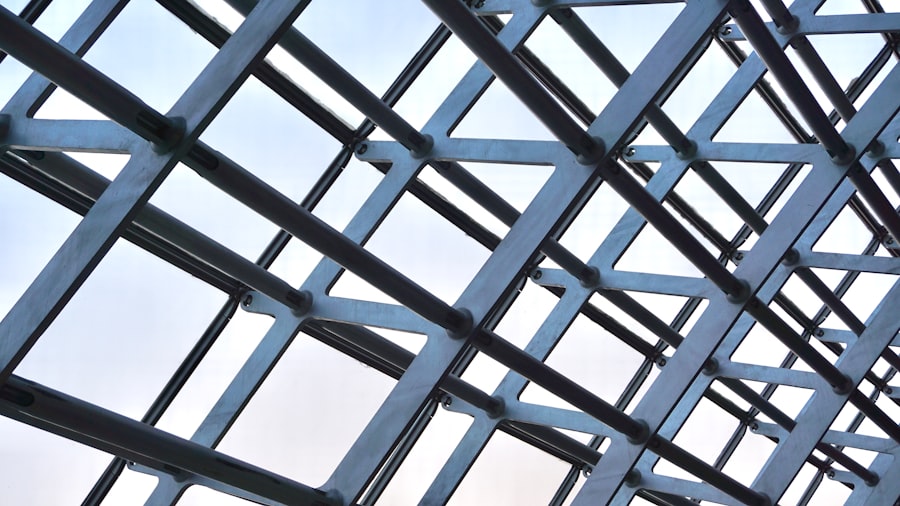
One of the main advantages of metal roofing is its longevity. Metal roofs can last up to 50 years or more, depending on the material used and proper maintenance. This is significantly longer than other roofing materials such as asphalt shingles, which typically last around 20 years.
The lifespan of a metal roof can be affected by several factors. The quality of the material used is one of the main factors that determine how long a metal roof will last. Higher-quality materials are more durable and resistant to wear and tear, resulting in a longer lifespan.
Proper installation is also crucial for the longevity of a metal roof. If a metal roof is not installed correctly, it may be more prone to leaks or other issues that can shorten its lifespan. Therefore, it is important to hire a professional roofing contractor with experience in installing metal roofs.
Regular maintenance is another factor that can affect the lifespan of a metal roof. While metal roofs are relatively low maintenance, they still require periodic inspections and cleaning to ensure their longevity. This includes removing debris, checking for any signs of damage or wear, and making any necessary repairs.
Energy Efficiency of Metal Roofs
Metal roofs are known for their energy efficiency, which can result in cost savings for homeowners. Metal reflects heat from the sun, reducing the amount of heat that is transferred into the building. This can help to lower cooling costs during the summer months.
The energy efficiency of a metal roof can be measured by its solar reflectance and thermal emittance ratings. Solar reflectance measures how well a material reflects sunlight, while thermal emittance measures how well a material releases absorbed heat.
Metal roofs typically have high solar reflectance ratings, meaning they reflect a significant amount of sunlight. This helps to keep the building cool and reduces the need for air conditioning. Additionally, some metal roofs are coated with reflective coatings that further enhance their energy efficiency.
Compared to other roofing materials such as asphalt shingles or tile roofing, metal roofs have higher energy efficiency ratings. This means that they can provide greater cost savings over time by reducing energy consumption and lowering cooling costs.
Maintenance and Repair Costs of Metal Roofs
One of the advantages of metal roofing is its low maintenance requirements. Unlike other roofing materials that may require regular cleaning or repairs, metal roofs are relatively low maintenance. They are resistant to rot, insects, and fire, which eliminates the need for frequent repairs or replacements.
However, like any roofing material, metal roofs may require occasional maintenance or repairs. This can include cleaning the roof to remove debris or dirt, inspecting for any signs of damage or wear, and making any necessary repairs.
The cost of maintenance and repairs for a metal roof can vary depending on the extent of the damage and the complexity of the repair. Minor repairs such as fixing a small leak or replacing a damaged panel may be relatively inexpensive. However, more extensive repairs such as replacing a large section of the roof or fixing structural damage can be more costly.
When comparing the maintenance and repair costs of metal roofing to other materials, it is important to consider the overall lifespan of the roof. While metal roofs may require occasional maintenance or repairs, they typically have a longer lifespan than other roofing materials. This means that homeowners may spend less on maintenance and repairs over time compared to other materials that need to be replaced more frequently.
Return on Investment for Metal Roofing
Metal roofing can provide a significant return on investment for homeowners. One of the main ways that metal roofing can increase home value is through its durability and longevity. Metal roofs can last up to 50 years or more, which is significantly longer than other roofing materials such as asphalt shingles.
The long lifespan of a metal roof means that homeowners will not have to replace their roof as frequently, resulting in cost savings over time. Additionally, metal roofs are energy-efficient, which can further reduce energy costs and provide additional savings.
Another way that metal roofing can increase home value is through its aesthetic appeal. Metal roofs come in a variety of colors and styles, allowing homeowners to choose a roof that complements their home’s architecture and personal style. This can enhance the curb appeal of the home and make it more attractive to potential buyers.
Lastly, metal roofing is a sustainable and environmentally friendly choice. Most metal roofs are made from recycled materials and can be recycled at the end of their lifespan. This can be appealing to environmentally conscious buyers who are looking for sustainable features in a home.
Is Metal Roofing Worth the Investment?
In conclusion, metal roofing offers several advantages over other roofing materials. It is durable, long-lasting, energy-efficient, and low maintenance. While it may have a higher upfront cost compared to some other materials, it often provides significant long-term cost savings.
When considering whether metal roofing is worth the investment, homeowners should weigh the advantages and disadvantages of metal roofing and consider their specific needs and budget. It is also important to consult with a professional roofing contractor who can provide expert advice and guidance.
For homeowners who value durability, energy efficiency, and aesthetic appeal, metal roofing can be an excellent choice. It offers long-term cost savings, increases home value, and provides peace of mind knowing that the roof will last for many years to come.
To learn more about metal roofing and to get a personalized cost estimate for your home, contact a professional roofing contractor in your area. They can provide you with all the information you need to make an informed decision about your roofing needs.
If you’re considering installing a metal roof, it’s important to understand the cost implications and benefits. In a recent article by San Pedro Roofers, they provide an in-depth analysis of metal roof cost and its pros and cons. This comprehensive guide covers everything from installation techniques to the durability and beauty of metal roofing. To learn more about this topic, check out their article: “Gleaming Valor: Weighing Metal Roofing’s Pros and Cons”. Additionally, if you’re interested in other roofing-related topics or need siding contractors, San Pedro Roofers has a wide range of informative articles available on their website.
FAQs
What is a metal roof?
A metal roof is a roofing system made of metal pieces or tiles. It is a durable and long-lasting option for residential and commercial buildings.
What is the cost of a metal roof?
The cost of a metal roof varies depending on the type of metal used, the size of the roof, and the complexity of the installation. On average, the cost of a metal roof ranges from $5 to $12 per square foot.
What are the benefits of a metal roof?
Metal roofs are durable, long-lasting, and require minimal maintenance. They are also energy-efficient, fire-resistant, and can withstand extreme weather conditions.
What types of metal are used for metal roofs?
The most common types of metal used for metal roofs are steel, aluminum, and copper. Each type of metal has its own unique properties and benefits.
How long does a metal roof last?
A metal roof can last up to 50 years or more with proper maintenance. This is significantly longer than traditional roofing materials such as asphalt shingles.
Is a metal roof more expensive than other roofing materials?
While the initial cost of a metal roof may be higher than other roofing materials, it is a long-term investment that can save money in the long run due to its durability and energy efficiency.

